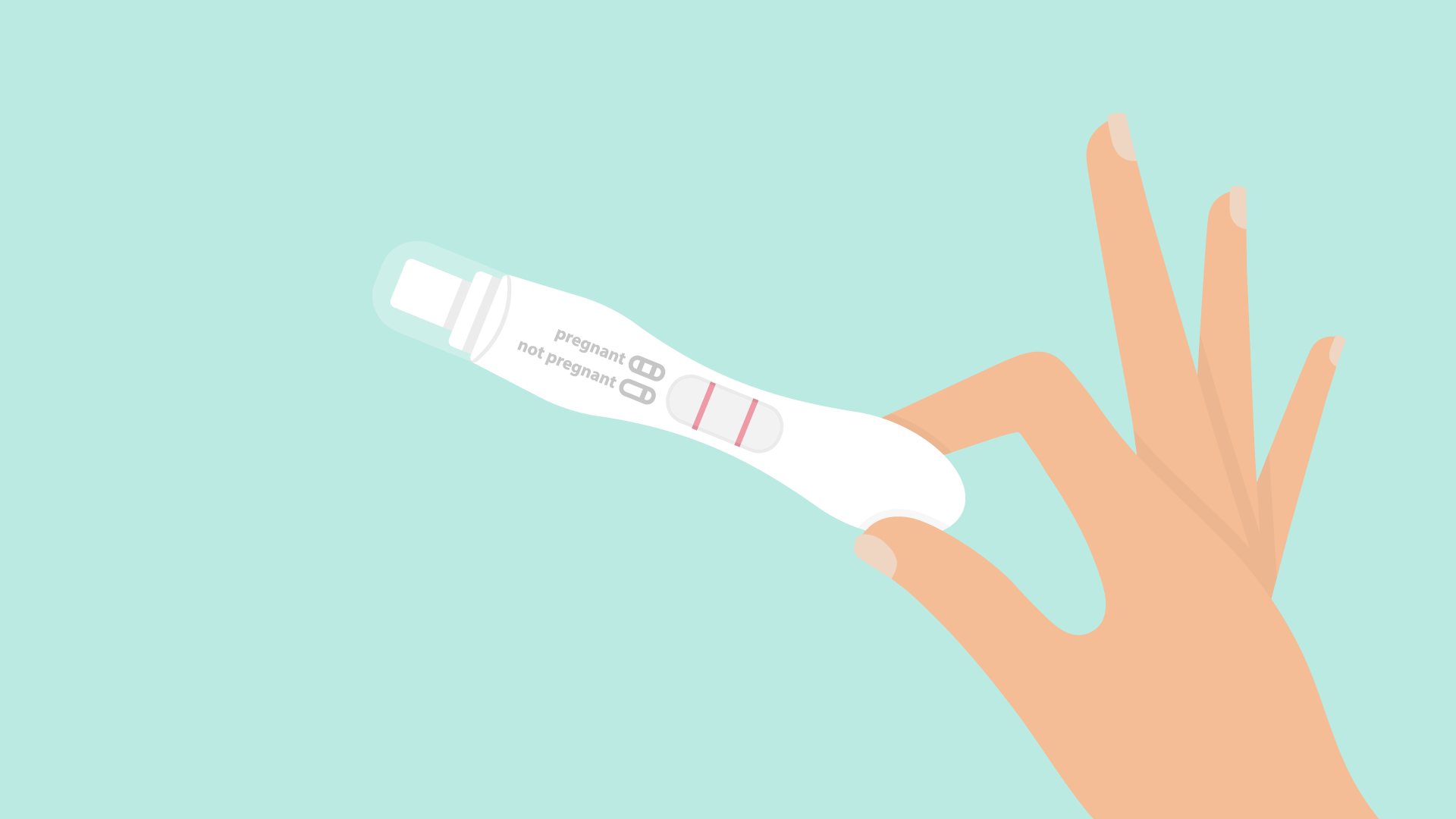Baby-Led weaning – A term you have most definitely heard before, but what is it exactly? Is
The idea of drifting away from the classic purees and
The truth is that once you learn the basics of
We’re going to use this space to really break down the basics of
What Exactly is Baby -Led Weaning?
Baby-led weaning in its most basic form is the hands off approach of allowing your
Exploring tastes, textures, and smells in their own unique way allows for babies to really work on developing those fine motor skills, alongside a healthier relationship with food in the long run.
In addition, exposing babies to the flavors and “family favorites” that frequent your dinner table has been shown to minimize the chances of a picky eater. Most importantly though,
Why The Baby -Led Weaning “Boom”?
The term baby-led weaning was first coined by Gill Rapley, a nurse / midwife turned author who wrote a widely popularized book centered around
Since then, parents all over the world have benefitted from the ease of
The
When to Start Baby -Led Weaning
It is recommended to start
There are however a few other requirements that need to be met to ensure that
If grasp is something your child is struggling with, starting with
If your
Just because 6 months is the recommended age to begin solids does not mean it is the best age for your unique
What Does it Look Like to Practice Baby -Led Weaning?
Messy!
At the very beginning of your
Foods should be cut into easily grasped shapes – Mango chunks, shredded chicken, steamed broccoli or cauliflower florets, avocado spears, foods that will be easy for your child to grasp and gnaw on as opposed to single bites.
The reason for cutting food into larger pieces rather than bite sized pieces is because up until about 9 months, babies grasp with their whole hand rather than just their fingers and thumbs making it far more difficult for them to grasp small pieces of food.
When first experimenting with
But Won’t They Choke?!
Choking is absolutely the number one concern parents bring up when it comes to practicing
Often gagging is misconstrued as always being a sign of choking, when in fact it is an extremely important part of learning how to properly eat! Not only is gagging extremely common when experimenting with solids, it is actually a safeguard against choking – A well developed gag reflex keeps food out of the windpipe and enforces thoroughly chewing food.
Don’t be discouraged or fearful when you notice your
Needless to say,
The general rule for choking prevention is to avoid foods that are round (such as whole grapes or berries) and foods that are sticky or stringy (such as a spoonful of peanut butter, or celery).
How to Add Baby -Led Weaning Into Your Schedule
Everyone has heard the popularized phrase, “food before one is just for fun”, and that stands whether you decide to practice purees,
Try to focus on including your
As your little one continues to grow and starts to sneak up on that first birthday, become more intentional about including those solids at all three meal times and encouraging foods you are eating yourself rather than mainly one ingredient foods.
Can They Actually Eat ANYTHING I Eat?
Maybe not anything, but definitely most things! Until the age of 1, babies should avoid added salt, honey, cow / sheep / goats milk, artificial sweeteners, excess sugars, and the foods we addressed previously as choking hazards.
Although contrary to popular belief, our little ones can absolutely be exposed to many of the spices we frequent from 6 months onward! Ginger, turmeric, cinnamon, cumin, dill, and so on are completely safe for your
Of course avoid anything too hot with your little one, as experiencing spicy is the same as pain in infants and will turn them off of solids quickly.
Tips For Success
Take a deep breath
Baby-led weaning is a learning curve. It’s going to be messy, and that’s a good thing! Experimenting with food isn’t going to make mealtime into playtime forever, and they will not develop bad “table etiquette” if you allow them to squish and smash more than they consume.
While it can seem daunting to watch your floor get covered in avocado goop with a smile on your face, remember that letting your little one become familiar with food in their own way sets them up for a healthier relationship with it in their adult life. It’s a lesson that they will carry much longer than it takes to mop your floors!
One step at a time
Until the age of 1, your
Ditch the plates and bowls
Rather than worry about everything you’ve prepared for your little one being dumped over, serve food directly on the highchair they are placed in. Still provide
Baby is boss
Remember that this is a form of feeding where you hand the reins over to your little one! Your
Refrain from placing food in their mouths or encouraging them to eat more when they are showing cues that they have finished.
See what works for you
Baby-led weaning is a way for your
Combining purees with
Baby-led weaning is not an all or nothing approach to feeding, and we encourage you to experiment and find the method that works best for you and your family! Happy feeding time!








